I Asked 5 Horticulturists Which Fertilizers Are Best For Fall and Here's What These Experts Use
The needs of plants changes with the seasons, so it’s important to learn which fertilizer is best for fall into winter to give your plants the best chance.
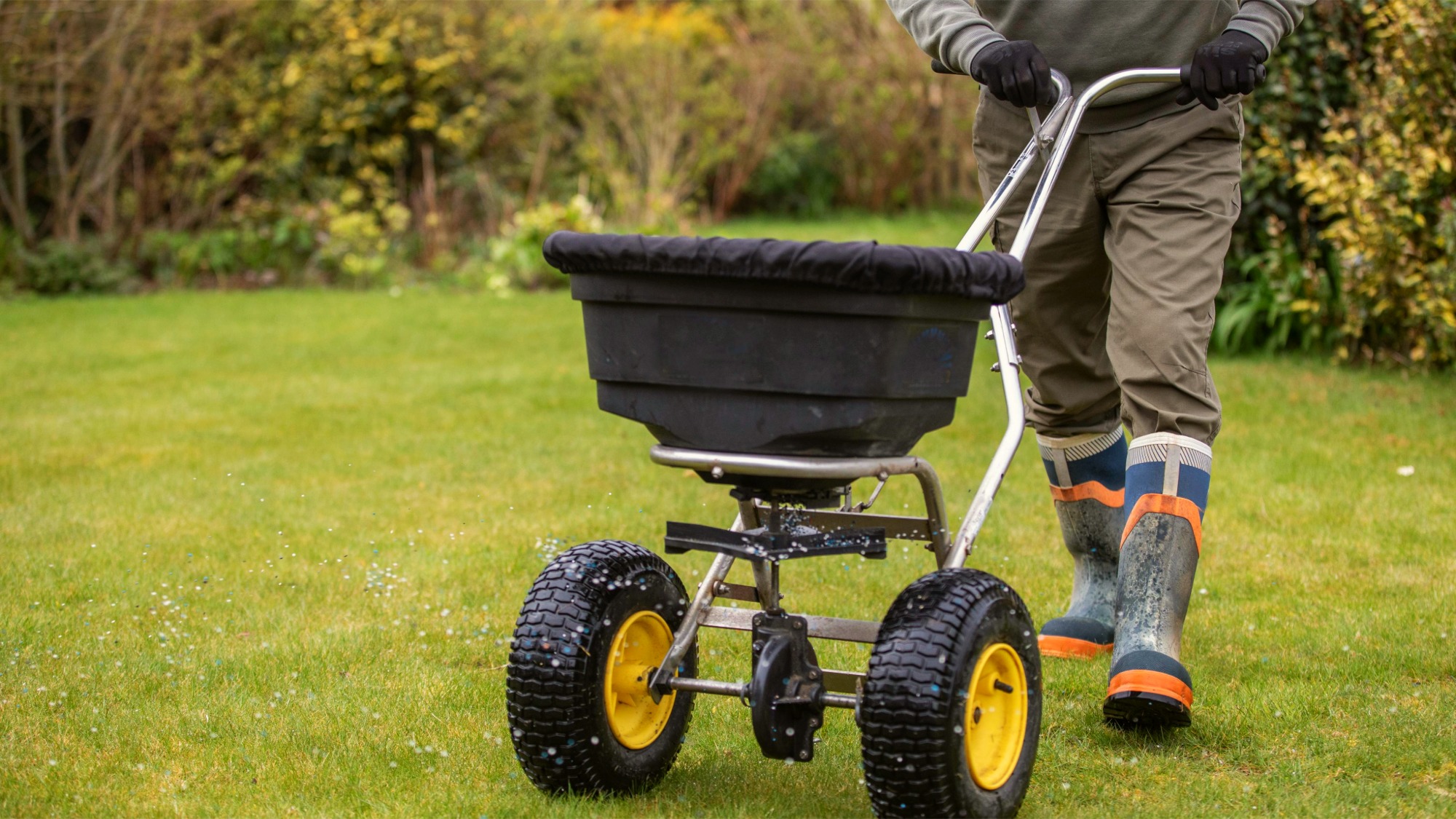

Amy Draiss
When people think of fertilizing, they tend to think of the spring when fresh bulbs and blooms are working hard to peep their heads through the soil. But fertilizing certain plants in the fall is highly beneficial to give them that much needed boost to get through the winter and ensure a more bountiful crop of plants comes in the better weather.
Even if you’re a more seasoned gardener it can be hard to know which fertilizer is best to use in the fall, and it can be difficult to squeeze in learning about fertilizers among other fall garden tasks such as harvesting crops and preparing your yard for winter.
To help you, I talked to five horticulturalists on the topic of the best fall fertilizers to create a reliable list of their top recommendations, including information on why each kind is so good. Fertilizing plants in the fall may be an extra task but trust me - and the pros. It’s definitely worth it.
How Is Fertilizing in the Fall Different to Other Times of Year?
Avid gardeners know the benefits of fertilizing their plants in the fall, but these benefits aren’t common knowledge. If you put yourself in the position of your plants for a moment, you’ll quickly see why fertilizing in the fall is so important.
Imagine you’re a freshly planted spring bulb, seeking nutrients to grow healthy and strong. You’ll definitely benefit from some nutrient-packed fertilizer to help you on the way in the fall. But now imagine you were a grassy lawn, or perhaps a tree or hardy shrub. You aren’t a plant that’s necessarily looking to produce a bunch of new leafy growth throughout the fall and winter, but you could still benefit from nutrients, right? Your roots will be working harder to survive as the soil surrounding you gets colder, so being given extra soil nutrients will be a massive form of support.
Fertilizing in the fall, therefore, is a shift in focus. You aren’t aiming to produce new growth, but rather to protect what you already have from the harsh shift in temperature. Even if you live somewhere with a milder fall and winter climate, it’s important to remember that plants are outside in the elements at all times and their roots will be feeling everything!
5 of the Best Fall Fertilizers, According to Experts
I spoke with five expert horticulturalists to get their thoughts on the best fall fertilizers. Let's break it down.
Sign up for the Gardening Know How newsletter today and receive a free copy of our e-book "How to Grow Delicious Tomatoes".
1. 3-1-2 NPK Blend
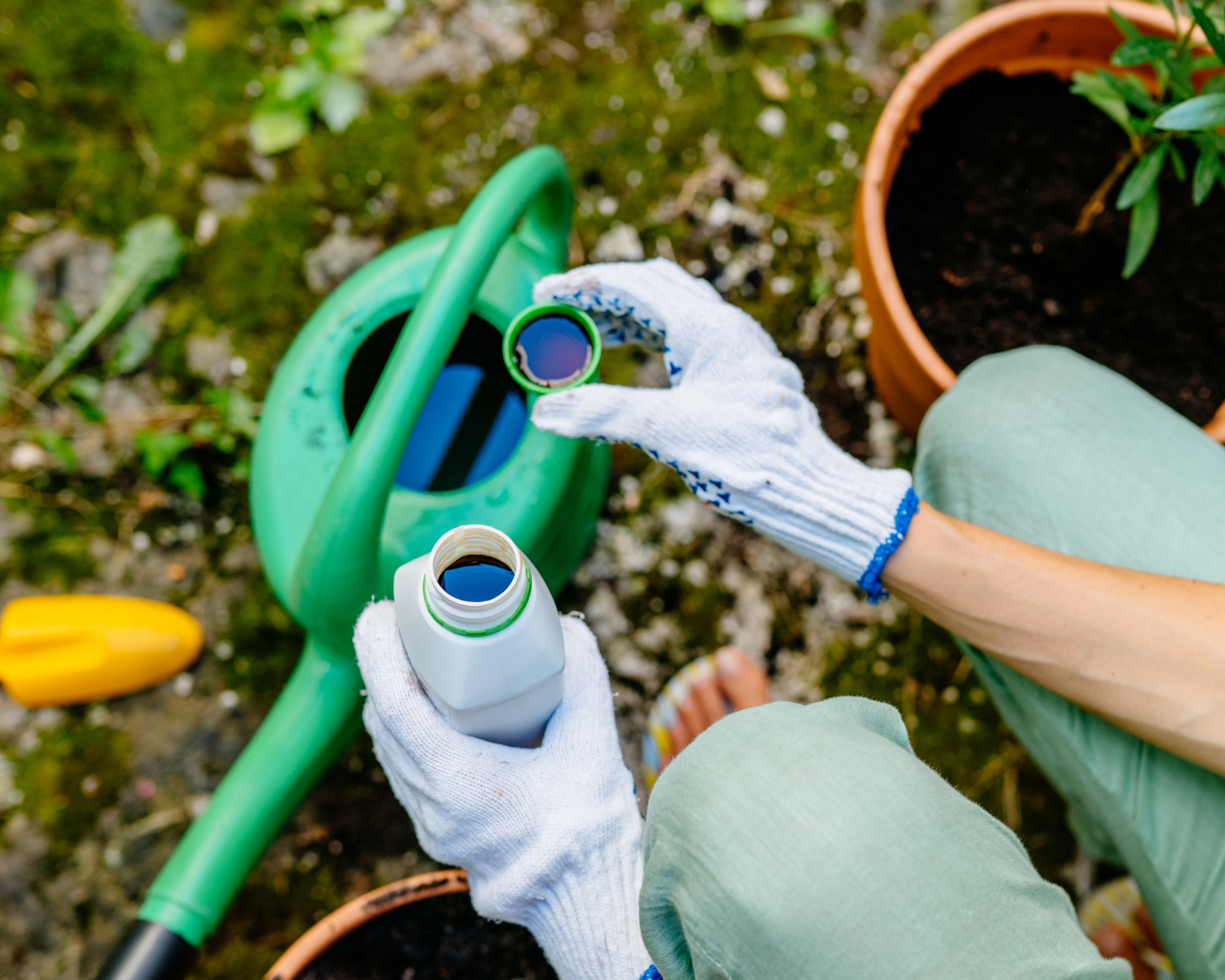
The first recommendation of fertilizers for fall comes from Hillary Thompson, a horticulturalist at Super Sod, who recommends a balanced NPK variety. NPK refers to nitrogen, phosphorus and potassium: three essential nutrients that are all important in their own ways to keep plants healthy in the fall.
Opting for a 3-1-2 balance in your fertilizer - 3 for nitrogen, 1 for phosphorus and 2 for potassium - is better than one that’s split into an equal ratio, which may be more suited to other times of year. This 3-1-2 fertilizer from Leaves and Soul can be found on Amazon.
Hillary explains: “I generally recommend blends with a 3-1-2 ratio of N-P-K for optimal absorption in the fall. The common 10-10-10 blend is not ideal for plants in the fall or ensuring growth come spring because plants don't take up nutrients equally. This split aligns better with how plants behave in this shift of season, as well as with what they need.”
Nitrogen helps plants to develop new growth. Even though you won’t see this growth in the colder months necessarily, it’ll really help your plants to thrive in the spring. Phosphorus strengthens the roots of a plant and stimulates stronger root development which is vitally important in the cooler weather for survival. And lastly, potassium is ideal for helping to improve hardiness and boosting your plant’s immune system to fend off diseases. This trio is amazing for plants looking to survive through fall and winter.
2. Lawn Winterizing Fertilizer
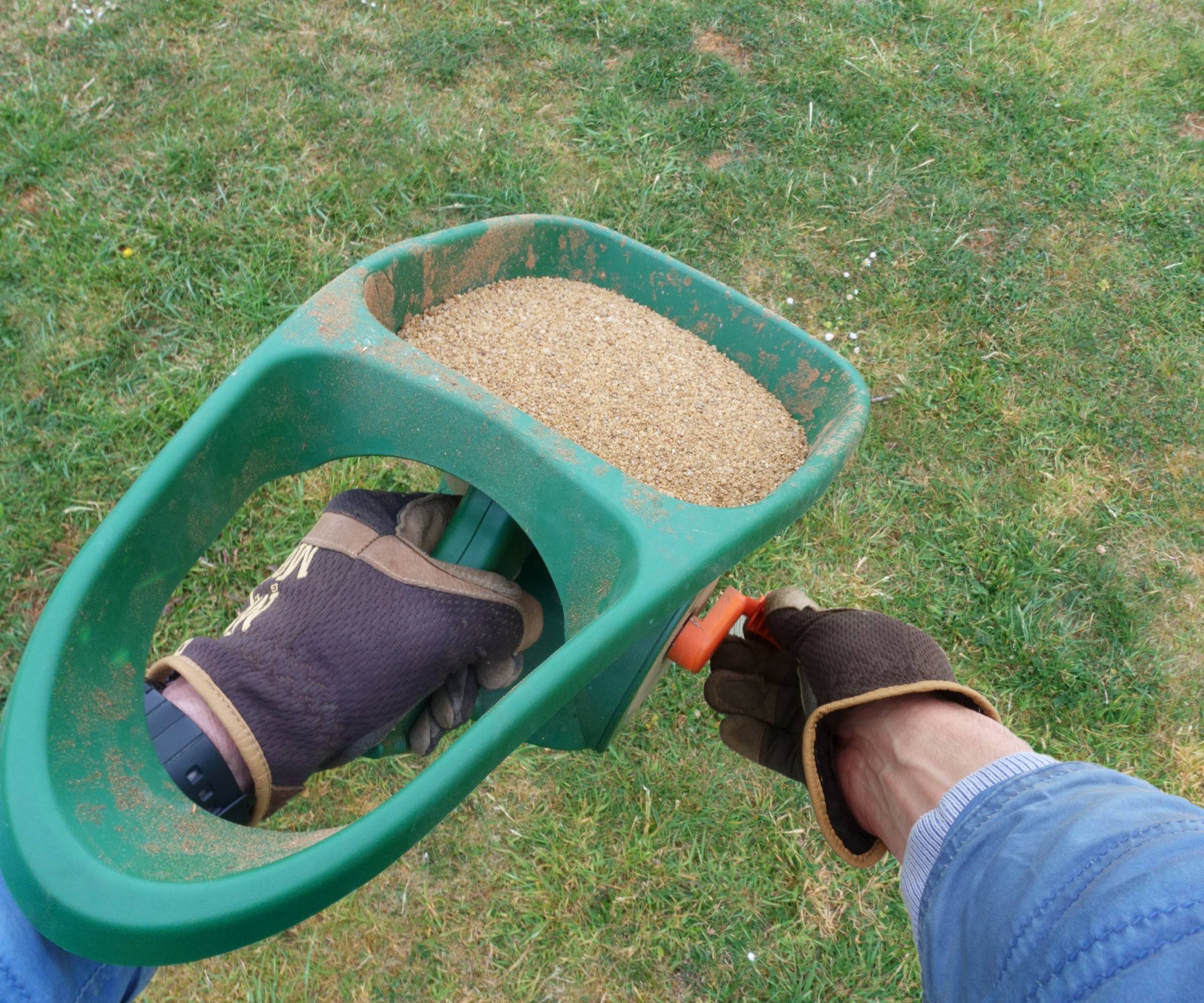
The second recommendation comes from Chris Link of Plant Addicts, who believes fertilizers with winterizing properties are a great pick for fall as their main purpose is to boost the strength of your plant’s roots and fend off diseases until spring comes. Fertilize grass in fall for a better lawn next year.
“In my opinion the best fall fertilizer has to be the Ferti-lome Winterizer Lawn Food available on Amazon,” says Chris. “It’s designed to build winter hardiness and strengthen roots so turf and woody plants will come through the winter healthier, as well as green up faster in the spring. I also like how it contains a decent amount of potassium to support cold tolerance and disease resistance without pushing tender top growth late in the season.”
The Ferti-lome Winterizer is available on Amazon in two different ratios of NPK: the 10-0-14 or the 25-0-6. If your main goals are to build hardiness and cold resistance while encouraging new growth overall, without a particular concern for roots of more fragile plants, this is a great pick. Remember, the last time to fertilize your lawn is Halloween. Cold fall weather will make your fertilizer less effective, so don't wait. As always, be sure to read the fertilizer’s label carefully to dilute the correct amount for your plants.
3. A Slow-Release Variety
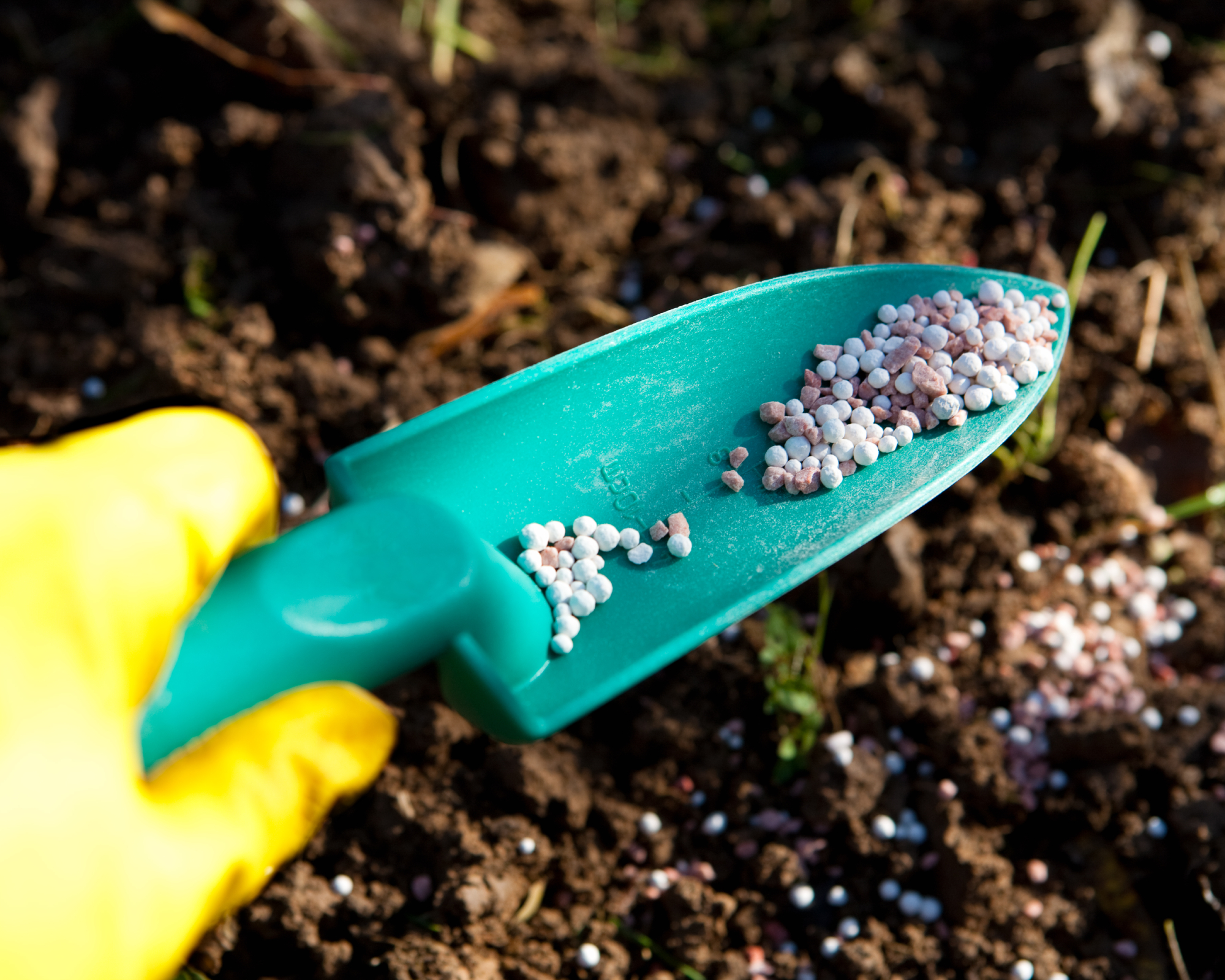
Bryan Clayton of GreenPal has worked with gardens, lawns and landscapes for years, and swears by a slow-release variety of fertilizer for the fall.
“When it comes to fall fertilizer, I’ve always had the best luck with a slow-release granular triple 13 like the 13-13-13 Garden Grower Fertilizer from Amazon,” says Bryan. “It’s balanced, feeds your existing plants, and it’s gentle enough that it won’t scorch new grass seed if you’re topping up patches in your yard ahead of spring.”
Though Bryan notes that it’s important to do your research to make sure you’re using the right formation of slow-release fertilizer to work with the kind of soil in your yard.
“Do a little research and make sure you’re using the right formulation. And definitely stick with granular varieties - not liquid. Liquids can burn tender plant growth if you’re not careful,” says Bryan.
A plant meter like this 4-in-1 Soil Meter from Amazon will tell you the pH of your soil as well as its moisture levels and how much sun it receives. Having this information on your side when choosing your granular fertilizer will be useful, as you can tailor what you’re buying to suit your soil’s needs.
4. Bulb-Tone Organic Fertilizer
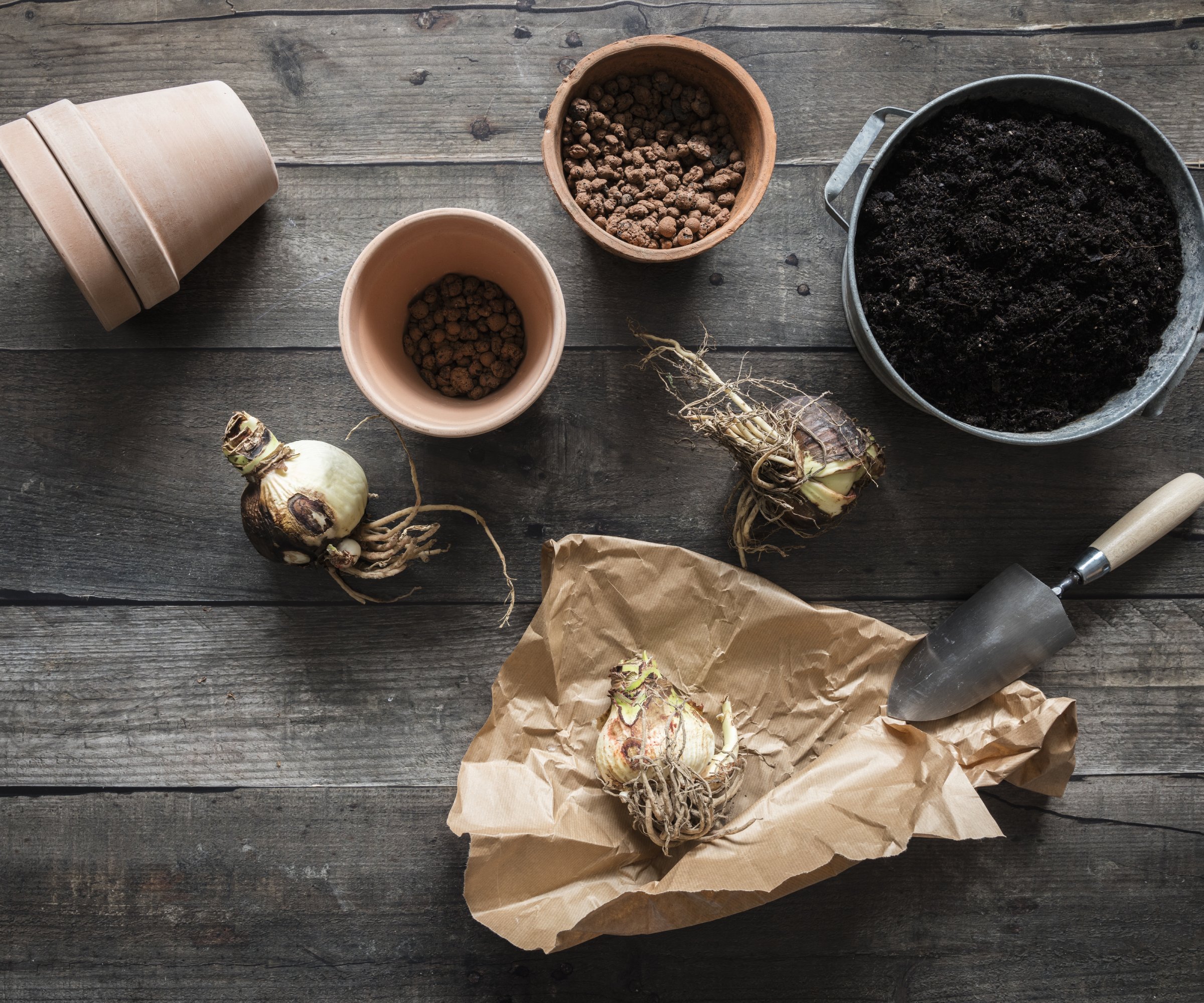
This is a great pick if you’re hoping to have a yard filled with stunning plants grown from bulbs come spring. The Bulb-Tone Fertilizer available on Amazon is a slow-release brand that will consistently continue to feed your newly planted flower bulbs and their budding roots underground throughout the fall as it transitions into winter. It’s this consistency that makes it one of James S. Mastaler, PhD, founder and CEO of Pistils & Pollen’s, top fall fertilizer picks.
“My go-to fertilizer for fall planting is Espoma’s Bulb-tone,” says James. “I love planting native perennials this time of year, and I’m also a big fan of spring bulbs - especially daffodils and globe alliums.
“Bulb-tone is a slow-release, organic fertilizer that gently feeds over time. In my experience that’s key in fall, when cooler soil temperatures mean plant roots need consistent, steady access to nutrients as they establish.”
The fertilizer in Bulb-Tone also contains microbes that break down to help improve overall soil health in the long term, making it an investment in both your plant’s health now as well as for your soil in the future.
5. Homemade Compost
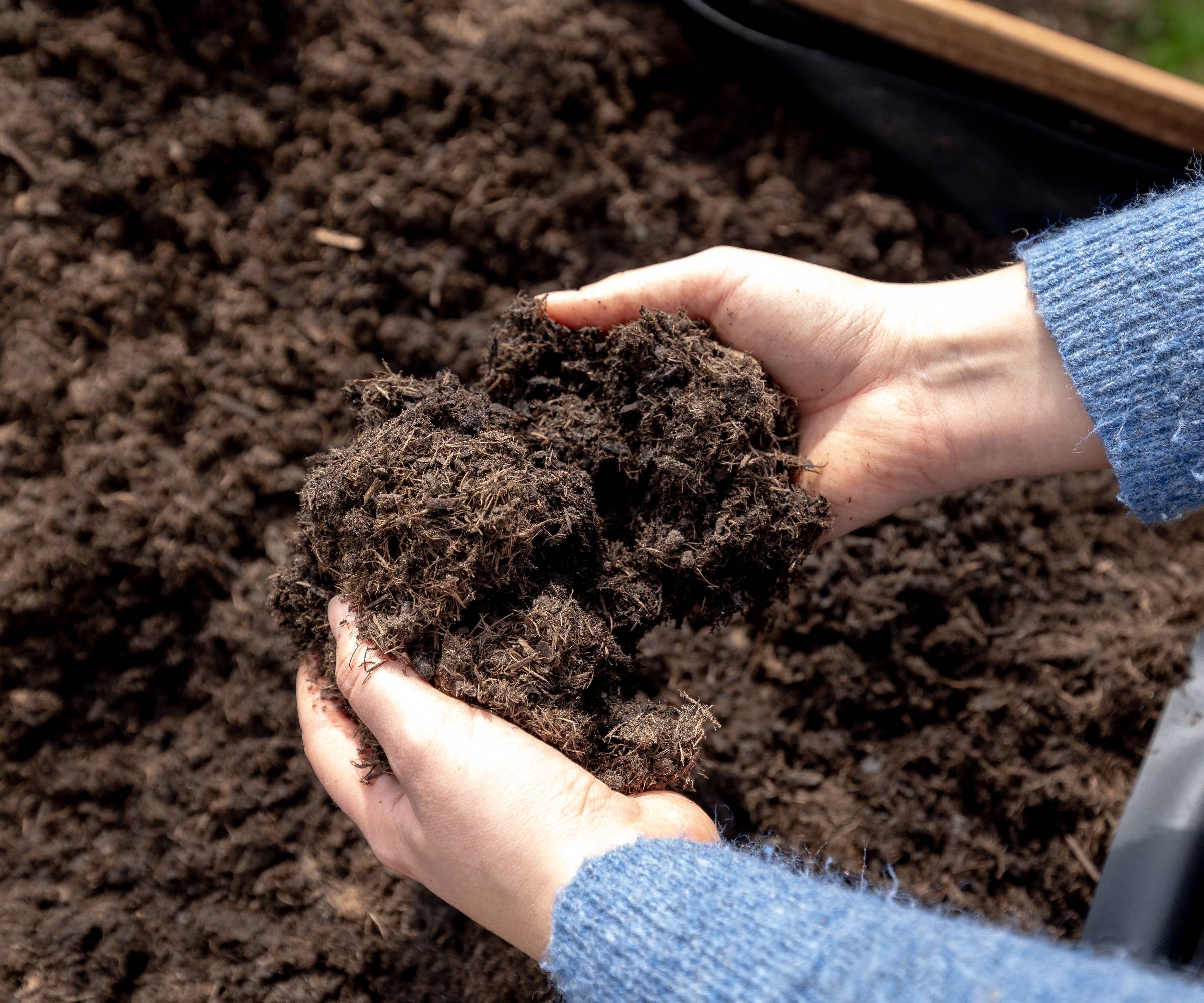
Lastly, but not least, the fifth fall fertilizer recommendation I heard was a big green check mark for homemade compost. Lindsey Chastain, a homesteader, gardener and the owner of The Waddle and Cluck, believes the natural properties of compost are amazing for plants, meaning if you have a good supply of compost already you don’t need to go out and buy any fertilizer.
“My favorite fall fertilizer is compost,” says Lindsey. “If you had all summer to let your compost break down in the heat, now is the time to add it to your garden beds.
“Do a thorough cleanout of your beds and remove any dead or diseased plants. Then, mix in some compost to the soil so it has all winter to get your beds ready for spring planting.
“You can add a layer of shredded leaves on top as mulch to add even more nutrients, protect the soil, and give the beneficial bugs a place to overwinter so they will be ready for spring too.”
If you don’t have any extra leaves in your yard to do this, you can top up your beds with something like this Organic Natural Mulch from Amazon. And if you’re hoping to start composting, fall to late fall is a great time to get started.
Overall Verdict
Overall, the best fall fertilizer for you will depend on a few factors including what plants you already have, the kind of soil in your area, and what you’re hoping to grow come spring.
Generally speaking a balanced NPK variety is a solid pick for fall weather, containing simple ingredients that work together to protect your plants right at the source: their roots.
But you can’t go wrong with homemade compost that can be topped up with extra nutrients if you feel uncertain as the weather continues to cool.

Ciéra is a writer and regional laureate with particular passions for art, nature, philosophy and poetry. As well as contributing to Gardening Know How, she's an Editorial Assistant for Design Anthology UK and has words in other titles including Homes & Gardens, Livingetc, and Apartment Therapy. When she's not writing, Ciéra can be found getting incredibly excited when her small but ever-expanding garden shows more signs of growth. She believes it's something very beautiful to be cooking with her own produce, whether it's from her yard or picking berries from the wild to turn into jams or baked goods.
- Amy DraissDigital Community Manager